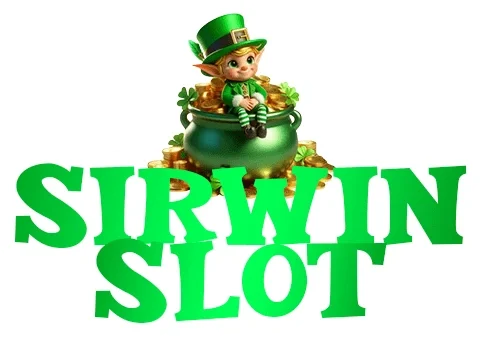While the PSP library is rightly celebrated for its blockbuster franchises and technical showpieces, its true soul often resides in the overlooked corners of its catalog. Beyond the God of War ports and the Monster Hunter phenomena existed a collection of bizarre, ambitious, and brilliantly experimental titles. These were the games that didn’t always have the mega888 latest download marketing budgets or mass appeal to become household names, but whose innovative spirit and sheer creativity earned them a dedicated cult following. To explore these forgotten gems is to discover the PSP at its most inventive and fearless, a handheld haven for ideas too strange or niche for the home console market.
This was the golden age for niche Japanese developers to bring their unique visions to a global audience. NIS America found a passionate foothold with the Disgaea series and other tactical RPGs like Prinny: Can I Really Be the Hero?, which offered a punishingly difficult platformer with a darkly comedic twist. Sting Entertainment delivered the utterly unique Riviera: The Promised Land, an RPG that replaced traditional exploration with a branching, choose-your-own-adventure structure and a novel combat system. Perhaps the pinnacle of this experimental spirit was Patapon, a game that defied genre classification by merging rhythm-game mechanics with real-time strategy and a distinct, minimalist art style. These games were unapologetically themselves, offering experiences that simply couldn’t be found anywhere else.
The PSP also became an unexpected hub for Western-developed curios that leveraged the hardware in clever ways. Exit was a puzzle-platformer starring a mustachioed escapologist, Mr. ESC, who had to rescue civilians from burning buildings and other disasters. Its isometric view and focus on physics-based environmental puzzles were both stylish and intellectually stimulating. Crush was a mind-bending puzzle game where the protagonist, Danny, could literally “crush” the 3D environment into a 2D plane to solve spatial puzzles and navigate his own subconscious. This mechanic was a brilliant use of the hardware’s 3D capabilities to create a puzzle concept that was entirely its own.
The legacy of these cult classics is not measured in sales charts, but in their enduring influence and the fierce loyalty they inspire among those who discovered them. Many of these titles have been kept alive through digital re-releases on later platforms like the PlayStation Vita and PS4, finding new audiences years after the PSP itself was retired. They stand as a testament to an era where mid-tier development could thrive on portable systems, allowing for greater creative risks. These forgotten gems are the secret history of the PSP, proving that its most valuable contribution to gaming wasn’t just replicating console experiences, but in fostering a space where the weird, the wonderful, and the wildly original could flourish.
New chat
